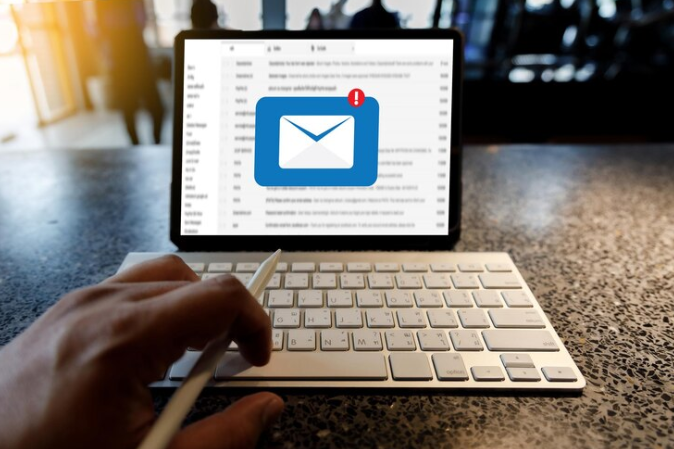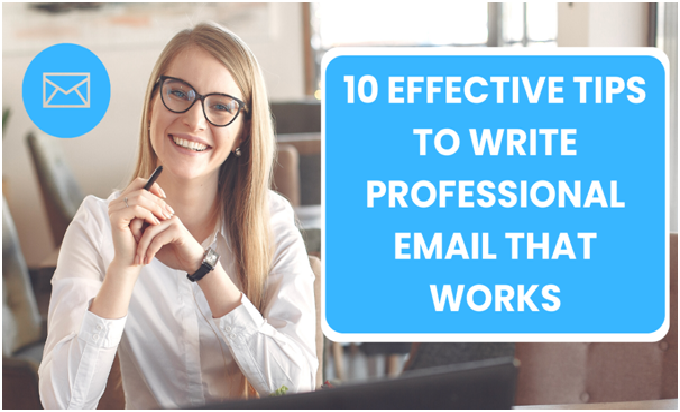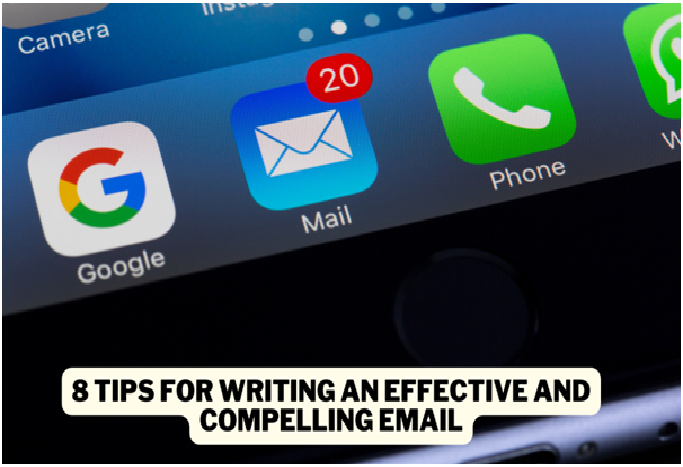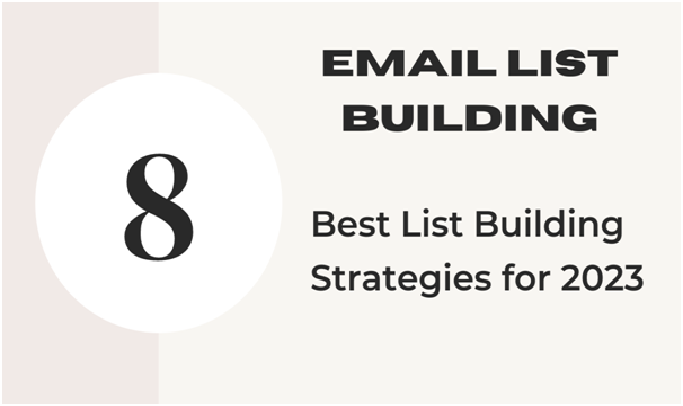The only thing worse
than writing a bad email is reading a bad email. Your emails are not only the
medium through which you communicate with your readers but also the primary
source for getting your message across. But if your email is not in the right tone
or is not professional, the recipient will lose respect and trust in your
messages. This leaves a negative impression on your readers, and you will get
the reputation of being rude and inconsiderate.
Why
Email Marketing?
Email marketing is
extremely effective because it is a cost-effective way of communicating with
your potential customers. With the advancement of technology, it is now more
important than ever to keep your business ahead of the competition.
Email marketing is a
highly-targeted, cost-effective form of advertising that will keep your
business ahead of the competition. You can use email marketing as a platform to
establish a relationship with your customers and give them valuable
information.
So here are 10 tips that you can follow to write a professional
email that will work.
1.
Write the email in an easy-to-read font:
As the recipient reads, they will not be able to decipher your words and have to depend on the formatting. That means the recipient will have to rely on what they assume is the meaning of your words and what they see is the meaning of the words, not what the words mean. If you use a font that is difficult to read, you are creating a mental barrier that the recipient will not be able to overcome.
2.
Be familiar with your subject:
Subject lines are
the first thing that a recipient will see when they open the email and are very
important. They should be easy to understand. As a rule, your subject line
should provide the subject matter of the email concisely. It should be something
that tells the recipient what the email is about without them having to ask.
3.
Make sure to write a subject line that can explain the contents of the email:
Your subject line should be informative. You should explain what is in the email, and you can achieve that by writing it in a way that tells the recipient what they can expect. That way, you can provide the recipient with a preview of the email. You should also write a subject line that gives an idea of the email's timing. If you know that your recipient is very busy, make sure to write a short email to convey the information you want to be conveyed quickly.
Also Read
Email List Building: 8 Best List Building Strategies for 2023
6 Incredible Ways to get your first 1000 Email Subscribers
However, you should
avoid sending messages that will just end up in the spam folder. Your messages
are already likely in the spam folder. You can simply send it to the junk
folder instead. This way, you can be sure that it will go through and your
recipient will be able to read it.
4.
Keep your email short and simple:
Long emails are
intimidating. They can also appear as if you are sending a message that is more
of a lecture than an offer. Your emails should always be short and simple, and
you can avoid long emails by breaking up your content into multiple emails.
5.
Use the correct email format:
Email formatting is
important. It is like the format you use on a computer or web page. The
recipient will want to view your emails in the same format so that they can get
a feel for the kind of email you are writing. As a rule, email clients are now
smart enough to look at the formatting and determine the format that they want
to use. This saves the recipient the trouble of having to go through all of the
formatting options. So do the same for your email recipients.

6.
Keep your emails professional:
Do not use slang.
You may think that you are communicating with friends and family, but you are
writing an email to people because you want to appear professional too. As a
rule, emailing friends and family is informal. So treat your email the same
way. Be professional and address your message to the recipient as they would to
you in real life.
7.
Keep your email concise:
A short email will
always be better than a long email. Keep your email to two paragraphs or less,
and you should be able to communicate most of your message without exceeding
the limit.
8.
Write a short intro:
An intro is always
important. A short intro is not always a bad thing. You can include the first
line that appears as the recipient opens the email. But do not include
everything. The whole point of the email is to get your message across, so do
not bury it under useless information. If you can avoid being redundant in your
email, do that.
9.
Avoid long URLs:
Long URLs are
difficult to type and take up valuable space. If you can, you should avoid
sending long URLs. This is true even if you are sending a personal message. If
the recipient cannot read the message, it doesn't matter if they can see the
URL
10.
Use plain text:
Some email services
are capable of reading text and images, and even have functions that can
convert images to text for better display. However, it is more efficient to
write in plain text. This ensures that the email can be opened by the recipient
on any type of device. So whether they can read it on a computer, tablet, or
smartphone, they will be able to read the email.
Writing an effective email takes some skill, but the result is worth the effort. You will be able to impress your recipient by writing an email that will convert.
Conclusion:
Emailing is a very
common practice, and you should master the art of it if you want to get things
done. The tips in this article will help you write effective emails that will
surely impress your recipient and get the desired result you want.





0 Comments